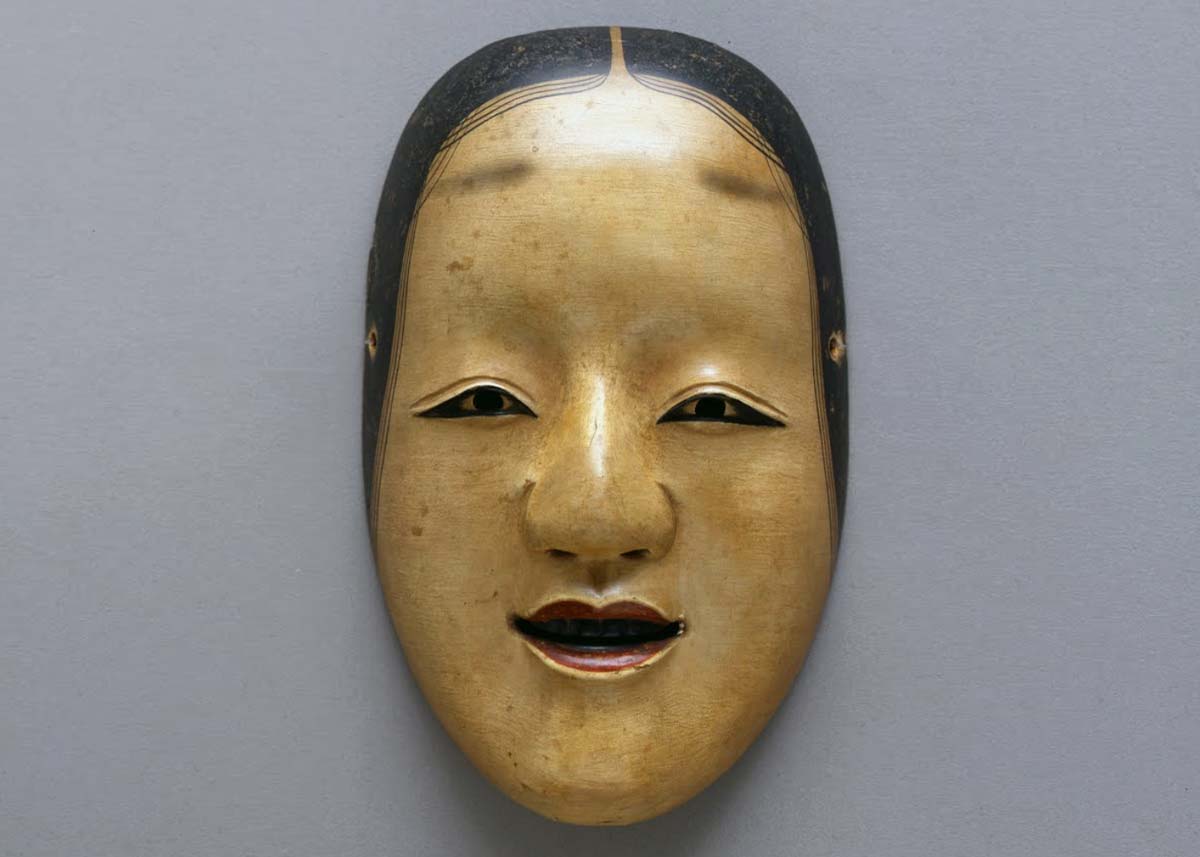
10 Things You Might Not Know About Traditional Japanese Masks
1. Mempo (Samurai Masks) Mempo is known as samurai mask, used both to protect warriors' faces and to give fearful impressions to enemies. Mempo were started to be worn in wars from the 16th century, and they were made by skillful craftsmen using iron and lacquered leather. Masks were decorated with details such as fake teeth.

Traditional Japanese Masks and What They’re Used For
by : Japan Experience Add to favorites Japanese masks can be found in performances of Noh theater, Kagura, dancing, religious ritual and in a variety of festival settings. Japanese Culture: Masks 大面 Oni Hannya Tengu Otafuku Hyottoko Modern Masks Jake Davies A pair of Namahage Oni masks

The Definitive Guide to Japanese Masks and Their Meanings Historyplex
A Japanese mask is a popular headwear that is often seen worn by people of Japanese descent. The mask typically consists of a face covering made from cloth, paper, or fabric and is worn to conceal the wearer's identity. The masks come in a range of shapes and sizes.
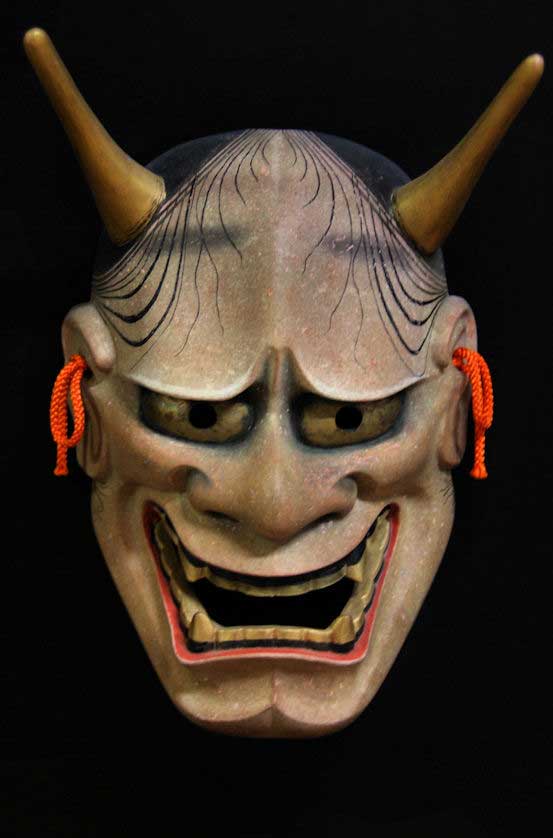
Japanese Masks Japan Experience
7. Hannya. Hannya are female demons represented much like oni but with horns. Hannya masks are used in Noh theater. They are usually portrayed as extremely fearsome and jealous characters. 8. Noh Masks. Noh is a type of traditional Japanese musical drama. All the roles were historically played by male actors.

Japanese Noh Masks Set. TENGU & HANNYA.They have been believed that
Japan's Ministry of Health, Labor and Welfare has dropped all of its "rules" (really just recommendations) for masking and now simply states the following: "Due to the reclassification of COVID-19 into Class 5 on May 8, 2023, individual choice is now respected, and the implementation of infection control measures is left up to the judgement of i.

14 Japanese Masks
History of The Japanese Mask and Japanese Folklore. The long-standing tradition of wearing masks is a cherished and iconic element of Japanese culture. For centuries, masks have played a significant role in Japan, with their origins tracing back to at least the 6th century. Throughout history, Japanese masks have served multiple purposes.
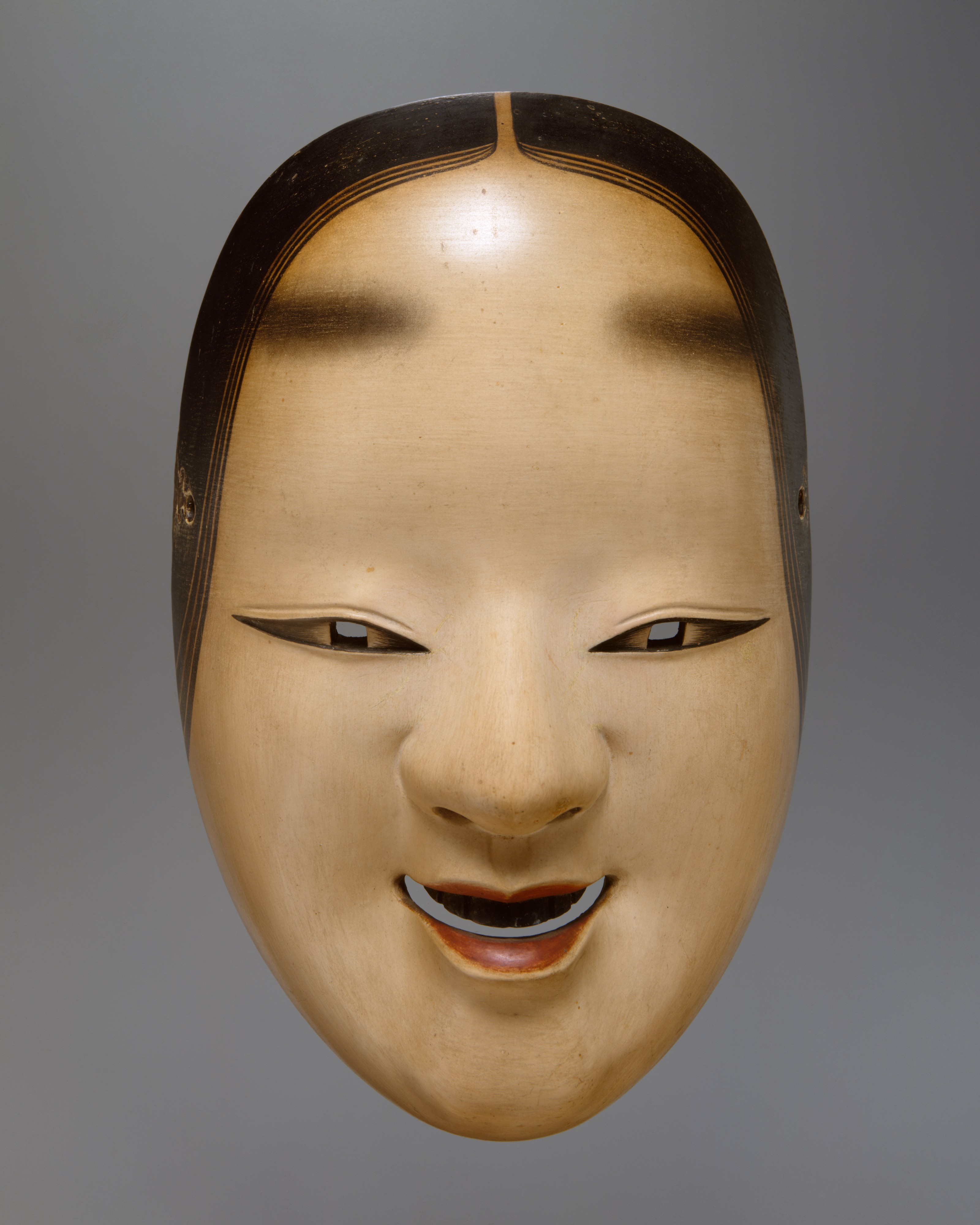
Koomote Mask for a Noh Drama Japan Edo period (16151868) The
The practice of wearing a mask in Japan is ancient. Studies suggest the origin dates back to the Jomon Period (300 B.C.). Many popular local dance forms — such as the Shinto dance and Noh dance — and festivals require the performers to wear masks to represent creatures, humans, or demons.
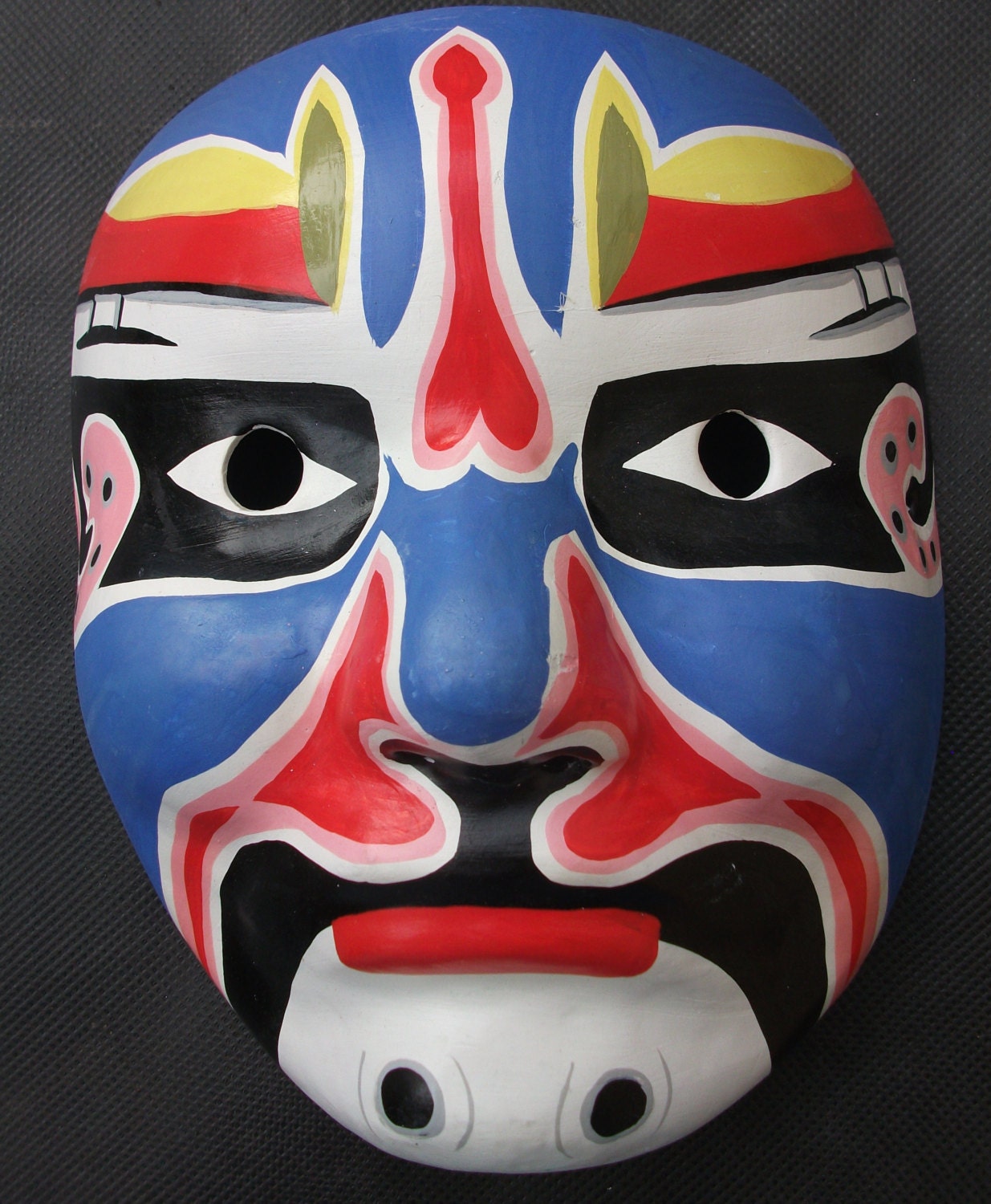
Japanese Kabuki Noh Theatre Mask Traditional Folk Art Hand
Kitsune masks or fox masks are worn by participants in certain Shinto festivals or by attendees just for fun. Historically, foxes were viewed as magical creatures with the ability to shapeshift. They were also seen as messengers of Inari, the Shinto god of rice, commerce, and prosperity.
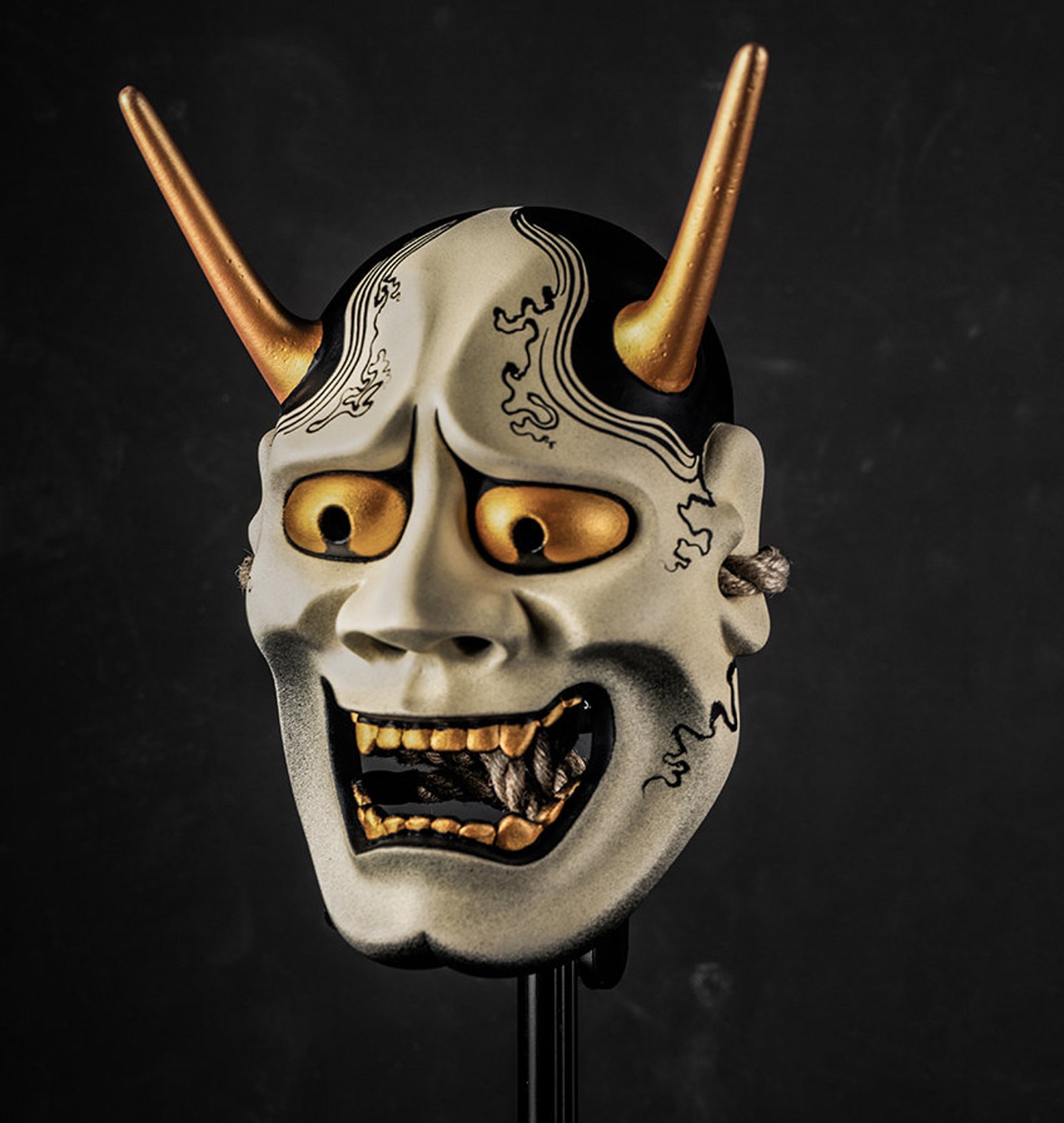
Japanese Traditional plaster Noh Mask Collection handmade Etsy
Where to buy face masks online in Tokyo and Japan These online shops offer a wide range of reusable face masks in different styles and materials - and they deliver to you Written by Kaila.
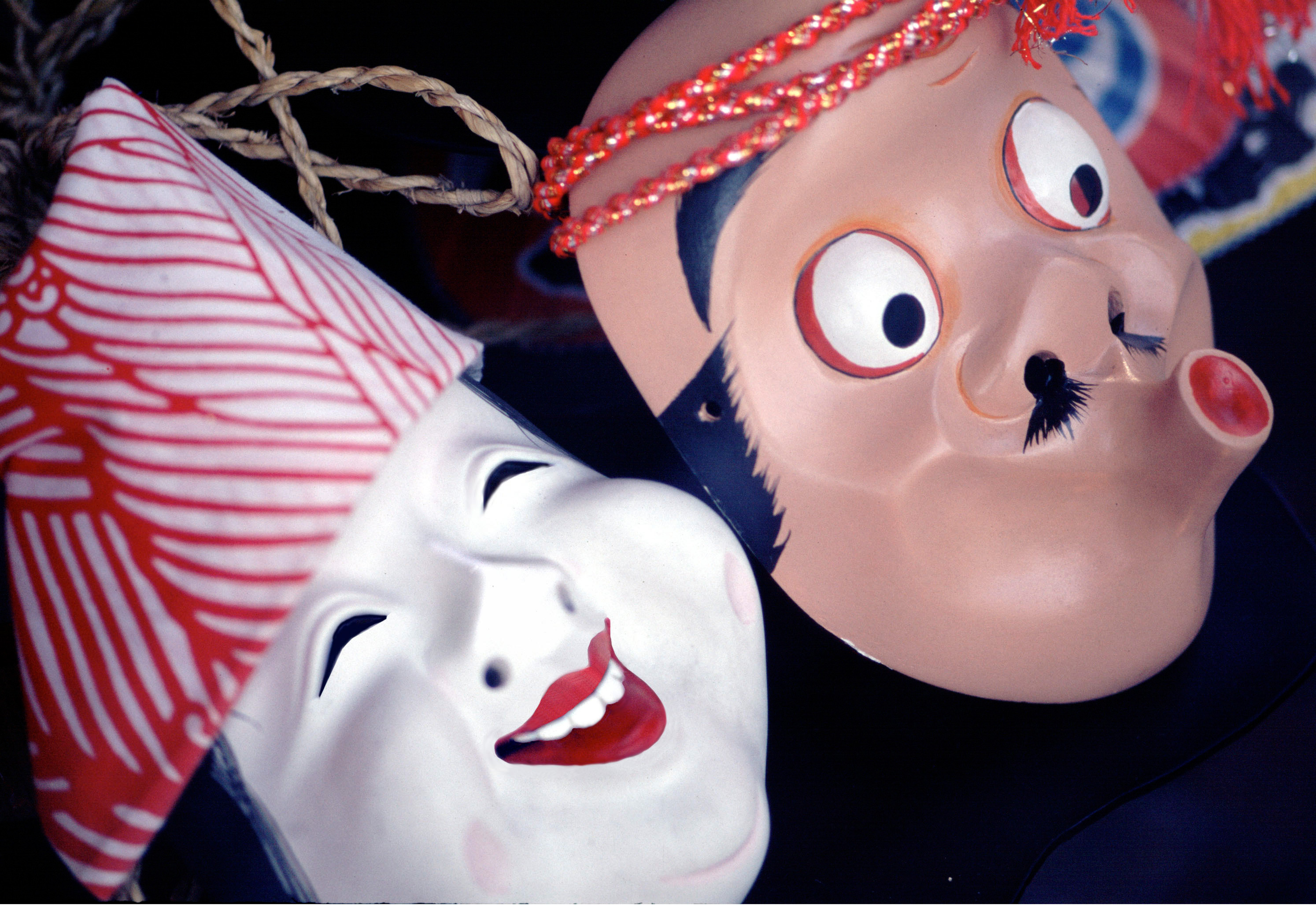
9 Traditional Japanese Masks and their Meanings
A Japan-made mask from the Meiji period (1868-1912), one of the earliest of its kind, is seen in this image taken in the Tokyo suburban city of Tachikawa on March 17, 2021. The box describes it as.

Experiencing all aspects of Japan means you need to understand the mask
Japanese skincare brands have expanded the variety of sheet masks by introducing products with a unique combination of ingredients that deliver just more than a boost in hydration - there are face masks for tackling fine lines, combating acne, evening out hyperpigmentation, and much more!
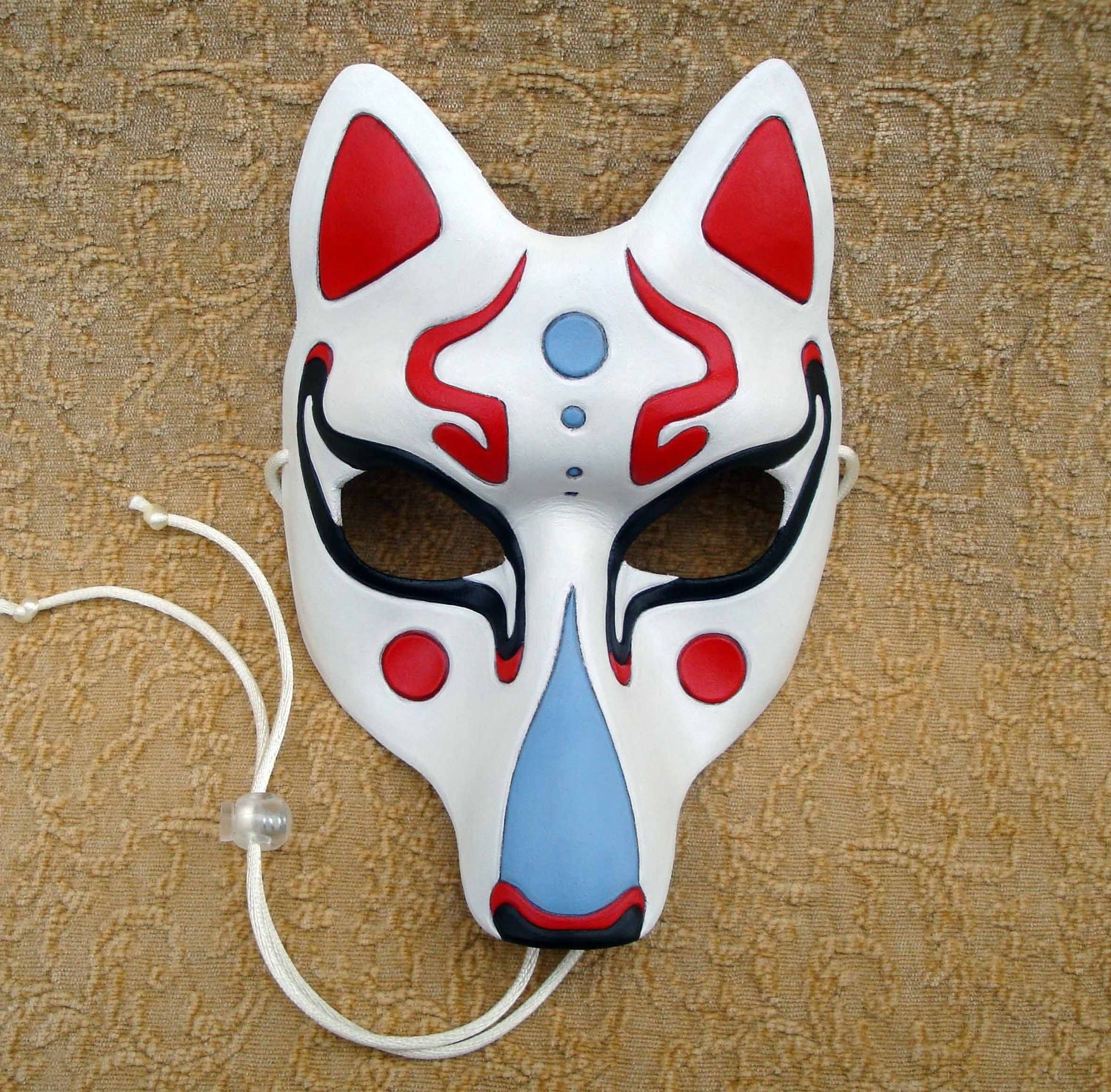
Fancy Traditional White Kitsune Mask... Japanese Fox Leather
In Japan, masks are considered to possess power and so are used not just as decoration but also to protect shrines, temples, and increasingly homes. A Noh-mask carver in Hofu, Yamaguchi, applying pigment to a mask: Noh Theatre. Japanese mask-making reached its peak with the masks created for Noh dramas. Noh is a style of musical theatre from.

Japanese Kabuki Mask Sujiguma Design ** You can get additional details
Another type of mask, a bright red one, is particularly noticeable. It represents Tengu - a powerful mountain spirit, the Lord and keeper of the forests. The image of Tengu is a huge creature with a red face, a long nose, and dressed in rags. As Japan has many wooded areas, their keeper Tengu is a very important ancient mythical creature.
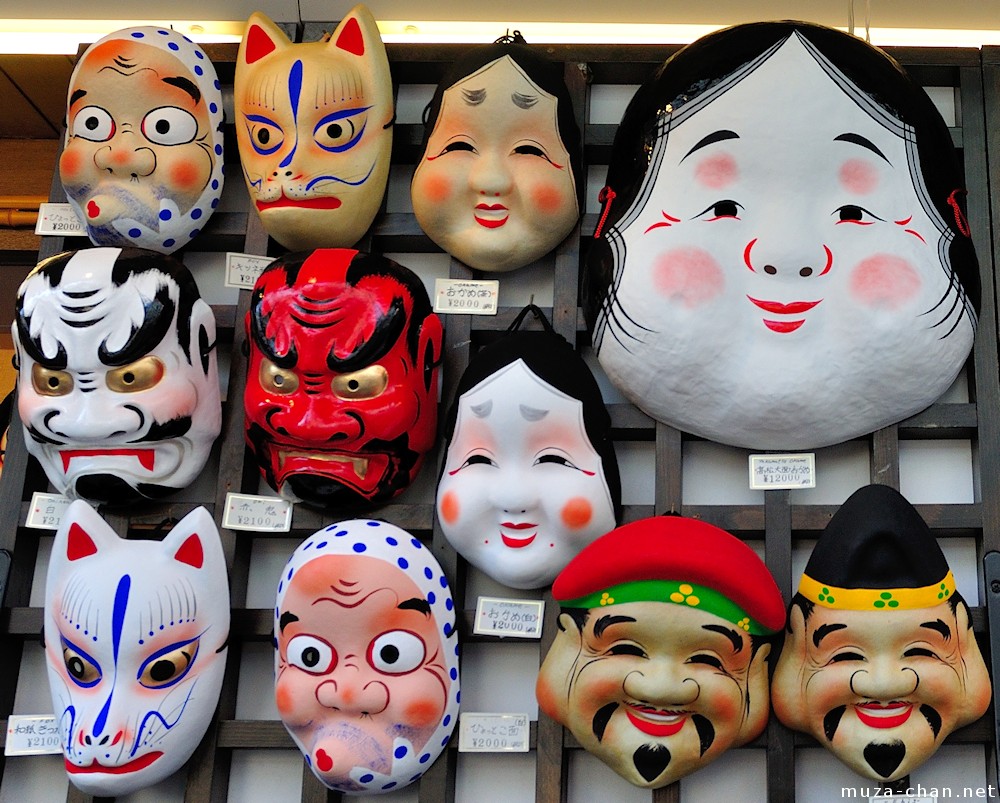
Japanese traditional mask, Hyottoko
Price: Approximately 2,200 yen per mask. Whether beating hayfever or dealing with a cold, there are plenty of reasons to check out some of Japan's iconic surgical masks during your next trip here. From general health to fashion accessory, there is guaranteed to be something to fit anyone's needs and style.

Traditional Japanese Masks Learn more at Japan Centric
Kendo masks - The Japanese version of fencing is kendo. Just like the samurai mask, these are made to protect the face against swords. 4. Hyottoko - It is one of the most interesting masks because of its "distorted" kind of facial expression. The explanation is, he blows through a bamboo pipe. Its name, Hyottoko, is derived from the words, hi.

Noh Mask Japanese Nogaku Hannia Dance Performances Party Halloween
This mask would be used to portray that the character was madly in love. 2. Hannya. Another major figure in Noh theatre is Hannya, a face so ingrained in Japanese culture it's one you've probably seen before, and one that - somewhat strangely - is a popular tattoo motif. The fearsome Hannya is a jealous female demon.